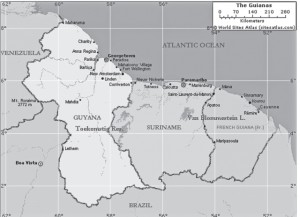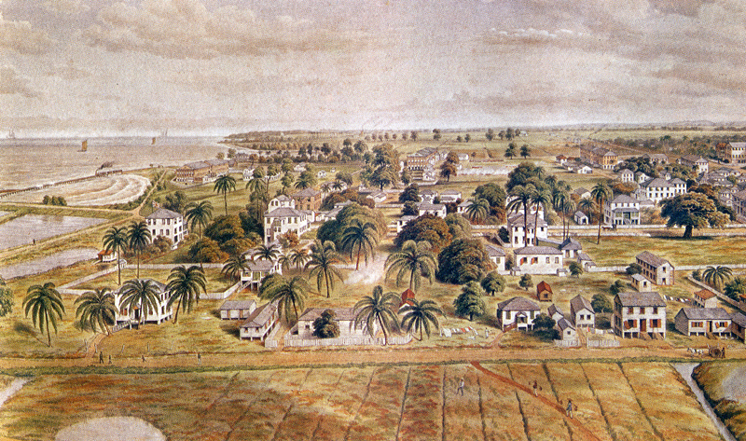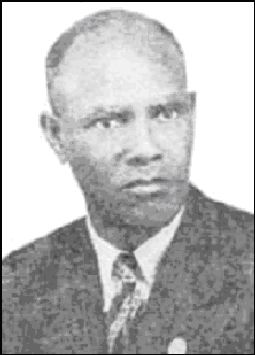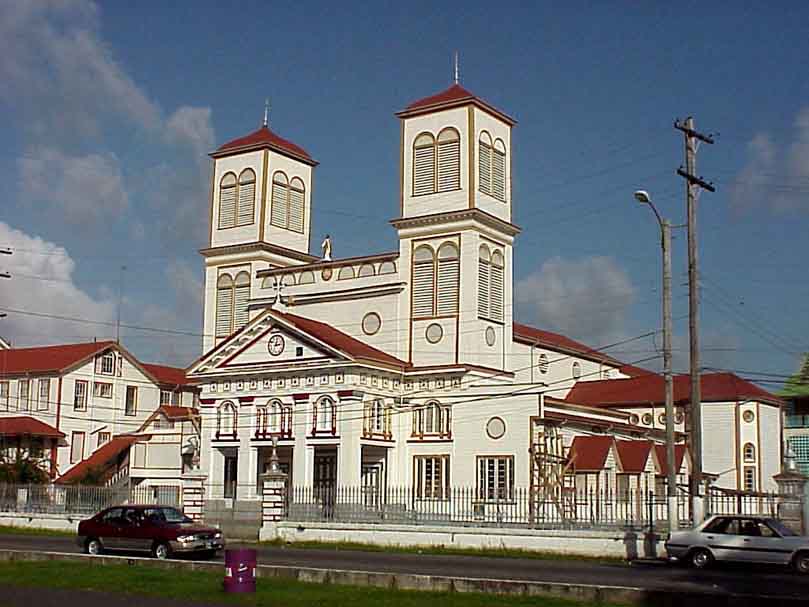The various European nations which had engaged in the search for Guiana, all after its discovery, struggled to make settlements in the land and to possess it. The degree of success which attended the efforts of each was various and not always proportionate to the success which had attended the endeavour of each to discover.
No nation had sought more eagerly for Guiana than had Spain; and, alone of the competing nations, Spain had no success in colonizing the discovered land on the southern side of the Orinoco. France too made some efforts both to discover and settle, but without very important results. The two chief colonizing nations were the Dutch and the English; and of these, the former had from the first laboured to settle rather than explore.




